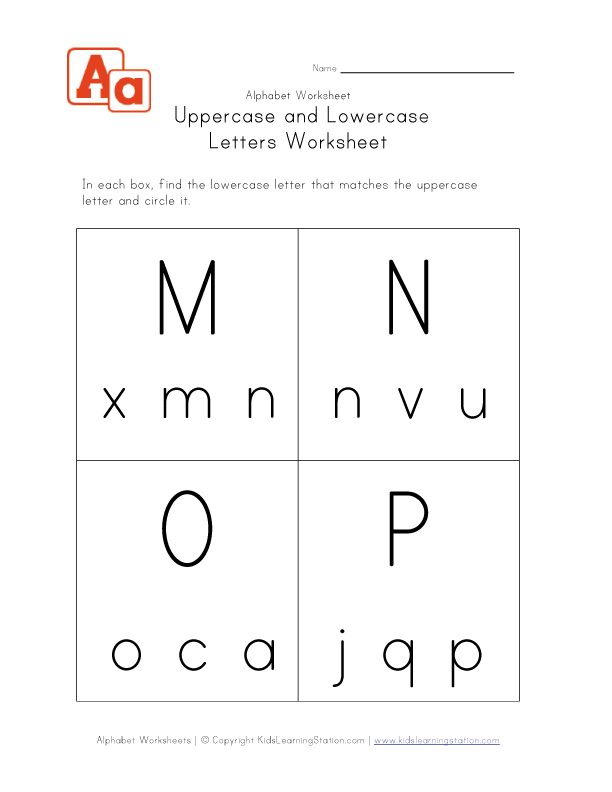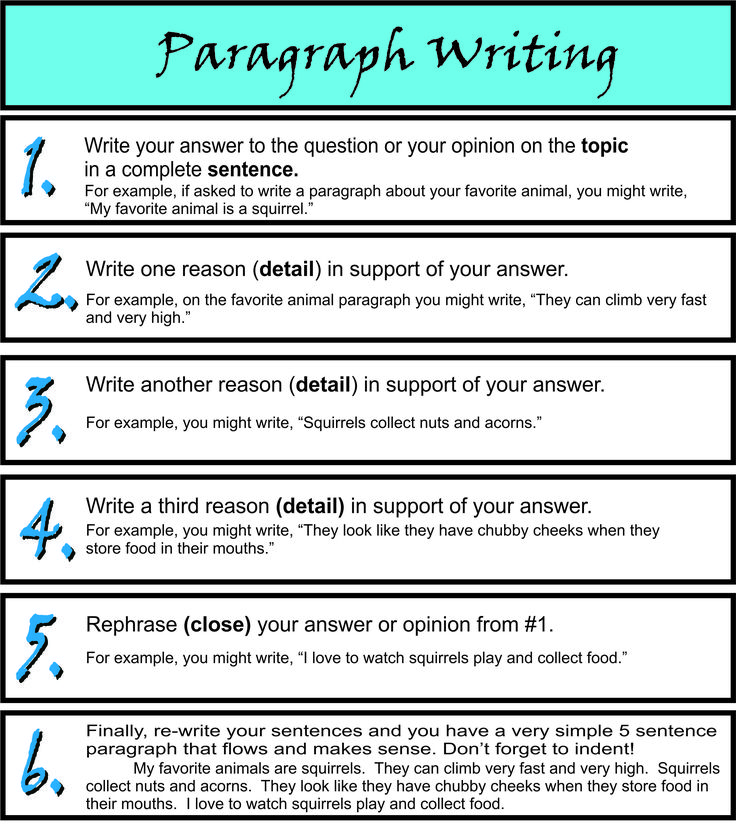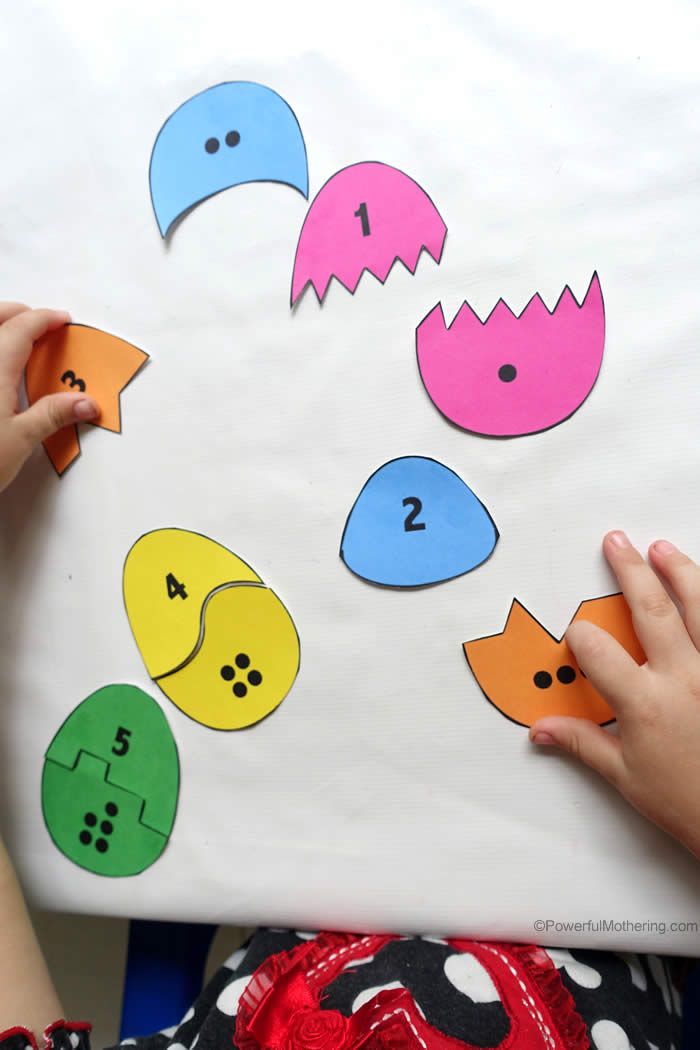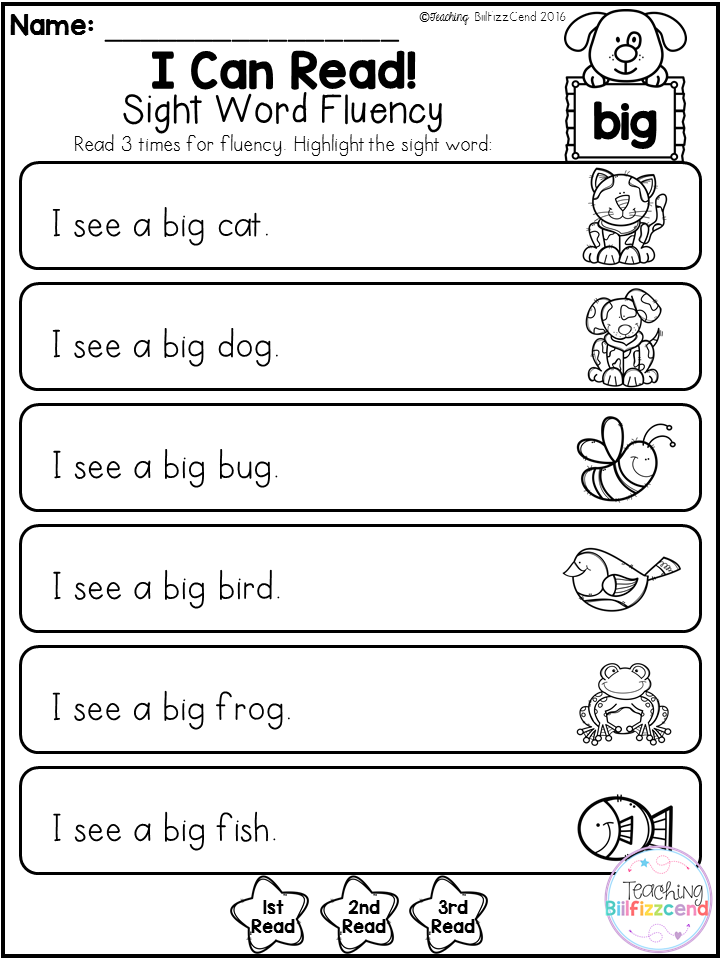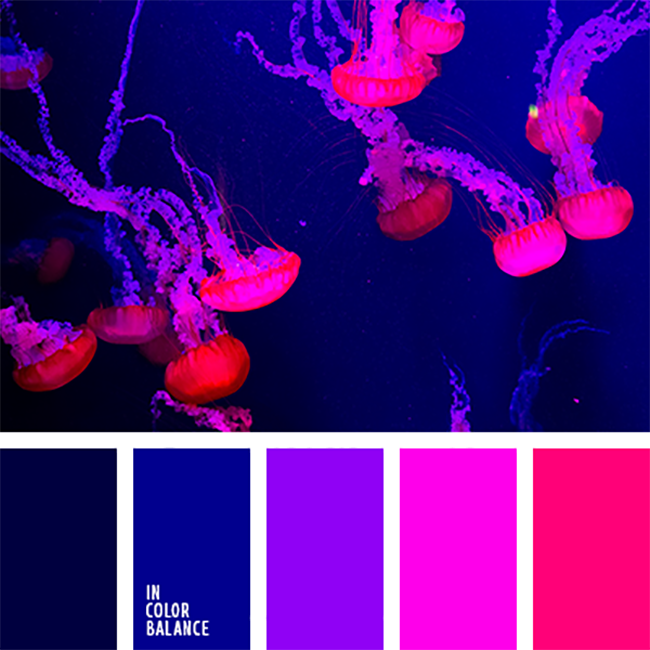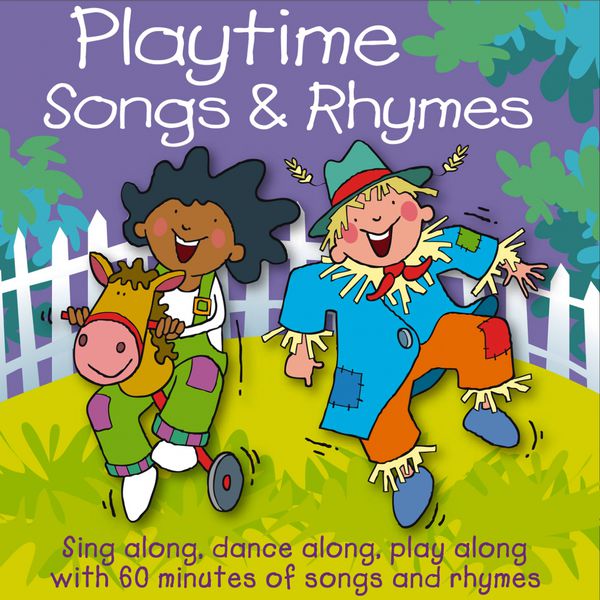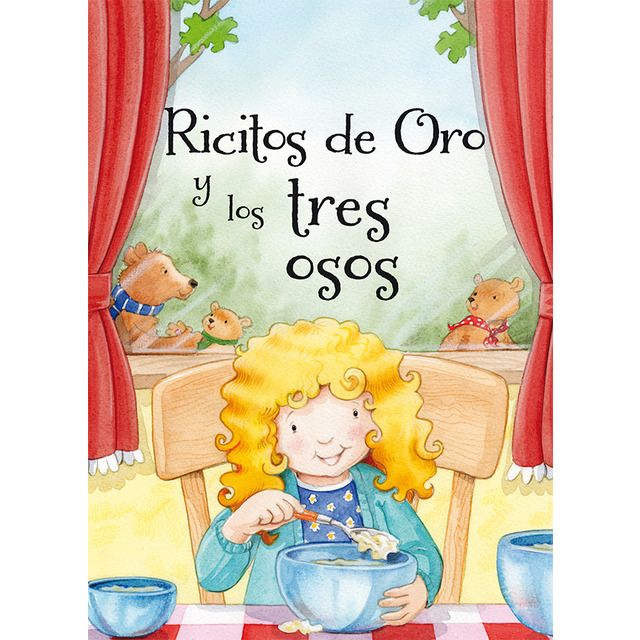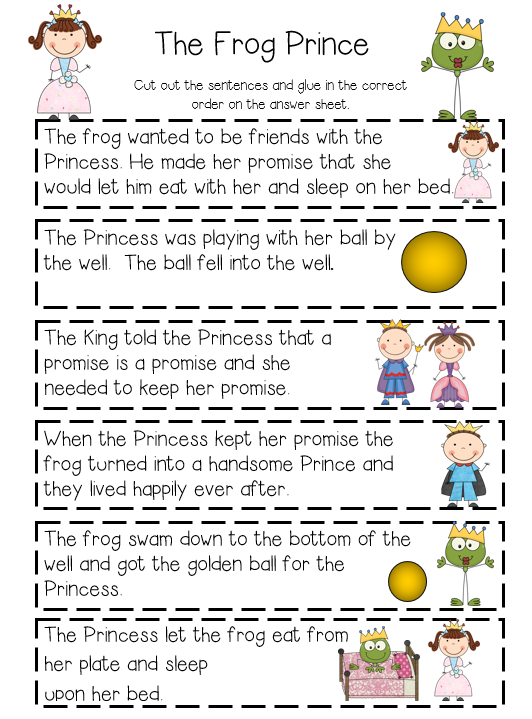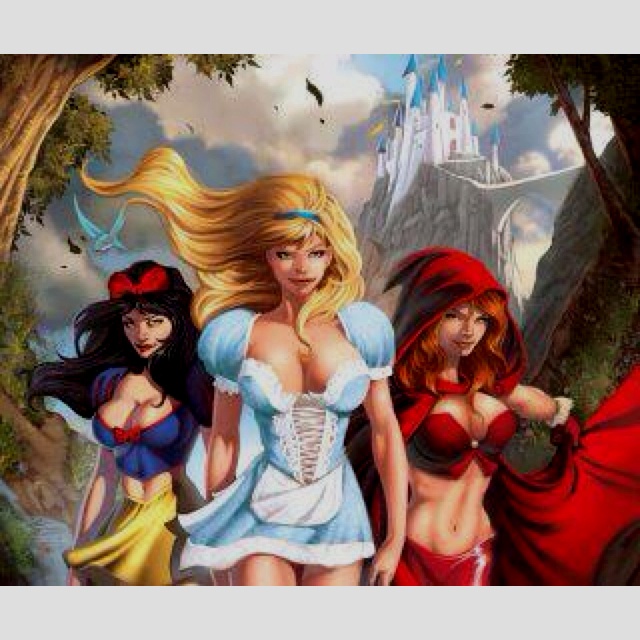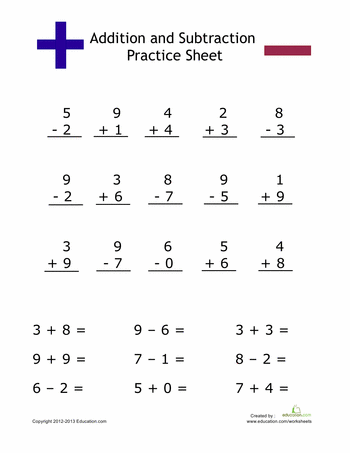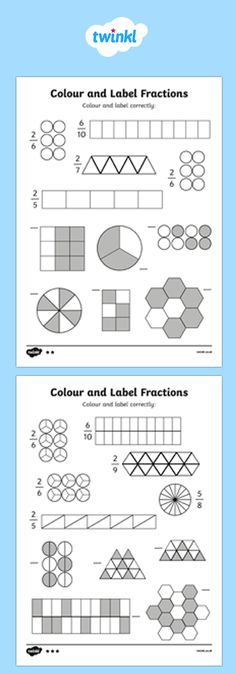Uppercase lowercase letter
Why Are There Uppercase and Lowercase Letters?
SCIENCE — Health and Fitness
Have You Ever Wondered...
- Why are there uppercase and lowercase letters?
- Did uppercase or lowercase letters come first?
- Do all languages have both uppercase and lowercase letters?
Tags:
See All Tags
- alphabet,
- Asian,
- capitalization,
- case,
- Chinese,
- communication,
- English,
- form,
- Indian,
- Japanese,
- language,
- language arts,
- letter,
- lowercase,
- majuscule,
- miniscule,
- readability,
- scribe,
- sentence,
- technology,
- type,
- uppercase,
- writing
Did you see that? Right there…back at the beginning of that first sentence. What are we talking about? The word “Did," of course! Did you notice anything strange about that word? Did you? For example, did you notice that it contained one letter twice but it looked different each time it appeared?
“Did," when it appears at the beginning of a sentence, starts out with an uppercase “D" and ends with a lowercase “d." They're the same letter, but they look different. Have you ever given any thought to how strange that is? Why can't all letters simply be the same? Why do we have both uppercase and lowercase letters?
When it comes to letters, case refers to whether letters are written in larger uppercase form, which is also often known as majuscule or capital letters, or smaller lowercase form, which is also known as miniscule or small letters. For example, the first three letters of the alphabet in uppercase form are A, B, and C. Those same three letters in lowercase form are a, b, and c.
Historians believe that majuscule or uppercase letters came first.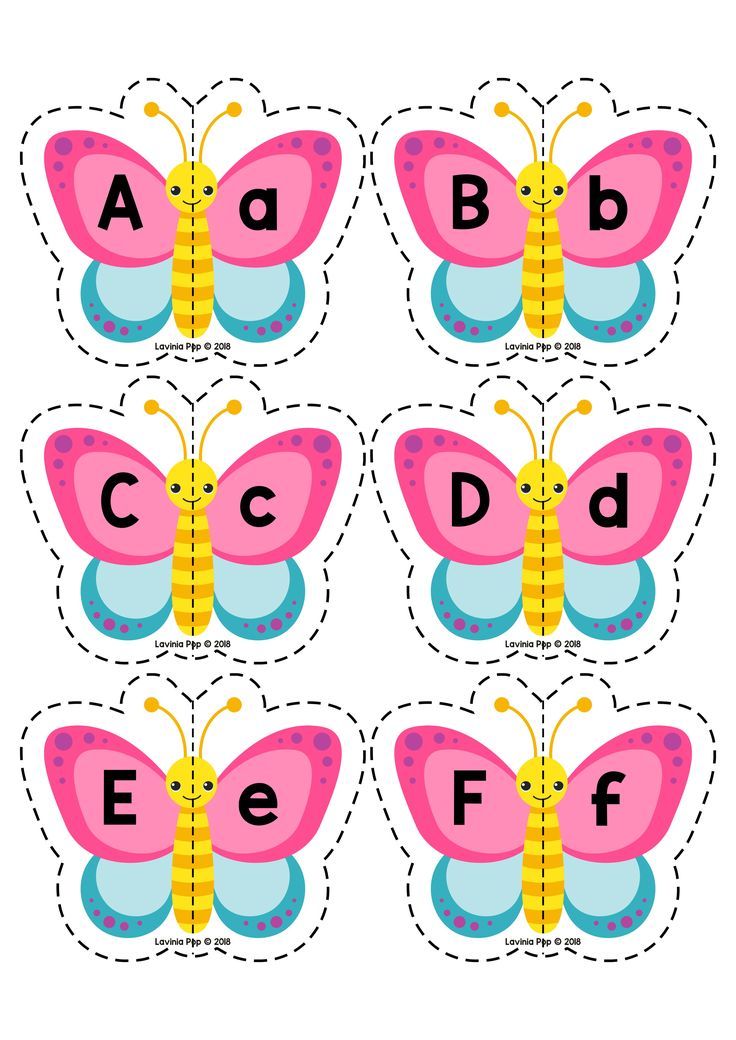 The first alphabets were written entirely in large majuscule letters, evenly spaced between well-defined upper and lower bounds.
The first alphabets were written entirely in large majuscule letters, evenly spaced between well-defined upper and lower bounds.
Over time, however, it was only natural that smaller versions of each letter would develop. This probably happened as letters were written quickly. To save time and space, letters became smaller and more rounded as scribes hurried to finish their work.
These smaller versions of letters eventually evolved into an entire miniscule set of letters. Compared to majuscule versions, the miniscule versions offered improved and faster readability in addition to being easier and faster to write.
At first, scribes would only use majuscule or miniscule letters, but not a mixture of both. That changed over time, though. Although there were no official capitalization rules in the English language until the early 18th century, scribes had traditionally written certain letters, such as nouns and the first letters of sentences, in a larger, distinct script for hundreds of years.
Today, lowercase letters are used most frequently, with uppercase letters reserved for special purposes, such as capitalizing proper nouns or the first letter of a sentence. The terms “uppercase" and “lowercase" come from the way in which print shops were organized hundreds of years ago.
Individual pieces of metal type were kept in boxes called cases. The smaller letters, which were used most often, were kept in a lower case that was easier to reach. Capital letters, which were used less frequently, were kept in an upper case. Because of this old storage convention, we still refer to small letters as lowercase and capital letters as uppercase.
The distinction between uppercase and lowercase letters doesn't exist in all languages, though. Certain Eastern and Asian writing systems, including certain Indian, Chinese, and Japanese alphabets, do not distinguish between uppercase and lowercase letters.
Wonder What's Next?
Tomorrow’s Wonder of the Day will take you on a journey through winter weather from cloud to ground!
Try It Out
Did you enjoy learning more about uppercase and lowercase letters today? Learn even more when you explore the following activities with a friend or family member:
- Write your name in a new and interesting way today! Have you ever tried writing your name in all uppercase letters? What about all lowercase letters? How about all lowercase letters until the end and then a capital letter at the very end? Come up with some fun and crazy ways to write your name.
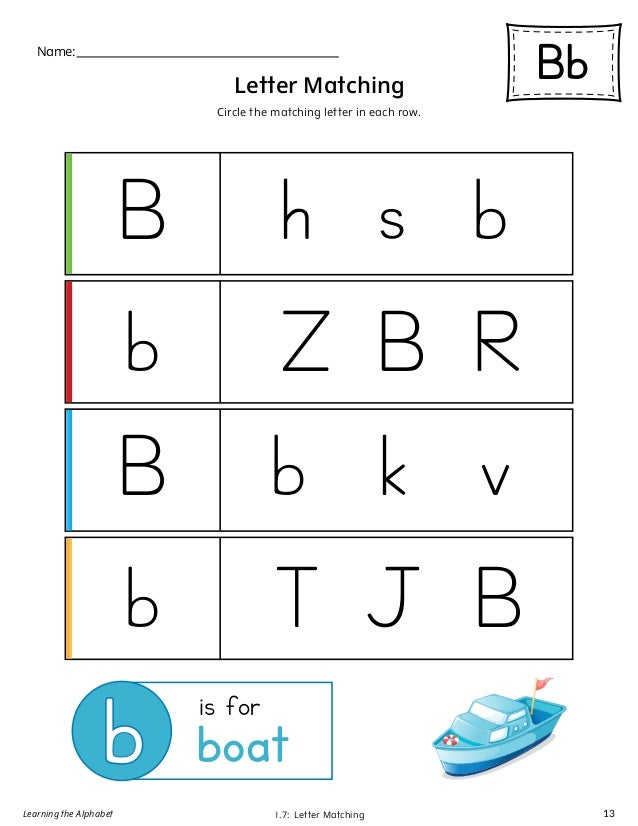 You never know when you might invent an entirely new style of writing!
You never know when you might invent an entirely new style of writing! - Ask an adult friend or family member to help you create a simple document on the computer with a word processor. All you need to do is write a few simple sentences. Write a short story or simply write a few sentences about what you had for dinner the night before. Once you have your sentences, play with the selection of fonts available on your computer. What font do you like the best? Why? Have fun playing with fonts to change the look of your text!
- When is it important to know the difference between uppercase and lowercase letters? When you need to capitalize something, of course! Take the online Capitalization Quiz to test your knowledge of proper capitalization. How well can you do? Test yourself against your friends and family members.
Did you get it?
Test your knowledgeWonder Words
- metal
- type
- scribe
- case
- form
- letter
- storage
- mixture
- distinguish
- script
- alphabet
- miniscule
- majuscule
- readability
- capitalization
- organized
- convention
- distinction
Take the Wonder Word Challenge
Rate this wonder
Share this wonder
×GET YOUR WONDER DAILY
Subscribe to Wonderopolis and receive the Wonder of the Day® via email or SMS
Join the Buzz
Don’t miss our special deals, gifts and promotions.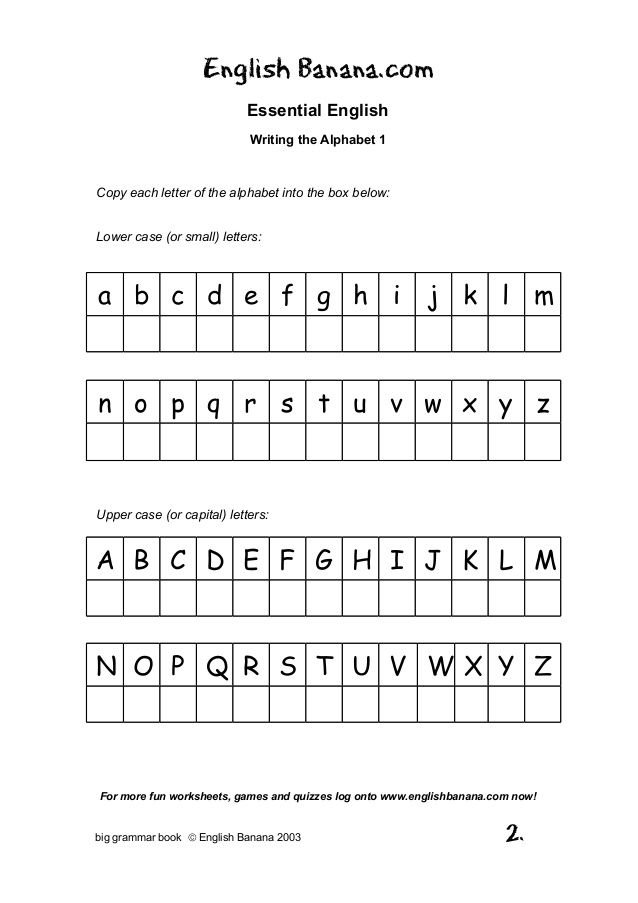 Be the first to know!
Be the first to know!
Share with the World
Tell everybody about Wonderopolis and its wonders.
Share Wonderopolis
Wonderopolis Widget
Interested in sharing Wonderopolis® every day? Want to add a little wonder to your website? Help spread the wonder of families learning together.
Add widget
You Got It!
Continue
Not Quite!
Try Again
Convert Case | Convert upper case to lower case, lower case to upper case and more!
JavaScript is required to use this web site. Please turn it on in your browser or whitelist this site, then refresh the page.
Simply enter your text and choose the case you want to convert it to.
Buy me a Coffee
Character Count: 0 | Word Count: 0 | Line Count: 0
Copyright ©2006-2023 Convert Case Ltd | Concept by Jason Gillyon | Privacy Policy | Terms of Use | Sitemap | About | Theme: AutoDarkLight
A very handy online text tool where you can change between lower case and upper case letters, where you can capitalize, uncapitalize, convert to mix case and transform your text.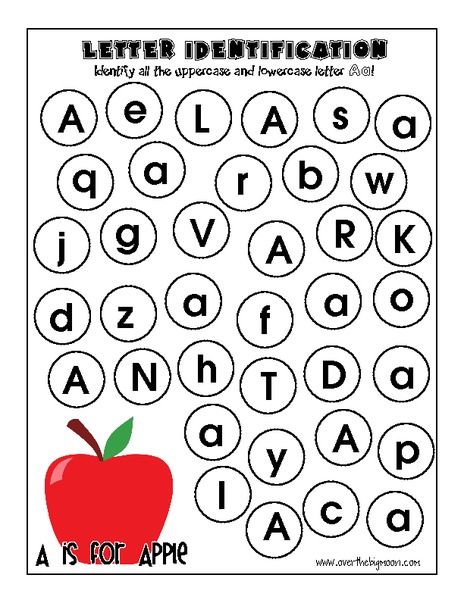 Explore the options below:
Explore the options below:
Sentence Case
The sentence case converter will allow you to paste any text you’d like, and it will automatically transform it to a fully formed structured sentence.
It works by capitalizing the very first letter in each sentence, and will then go on to transform the rest of the text into lowercase as well as converting i’s into I’s. Every letter after a full stop will get converted into an upper case letter.
Note: it won’t, however, capitalize names or places.
This is an example of sentence case.
Lower Case
If you are wondering how to uncapitalize text, this is exactly what the lower case text converter will allow you to do - it transforms all the letters in your text into lowercase letters. Simply copy the text that you need generating into lower case and paste the text into the box above and select the ‘lower case’ tab.
this is an example of lower case.
Upper Case
The upper case transformer will take any text that you have and will generate all the letters into upper case ones.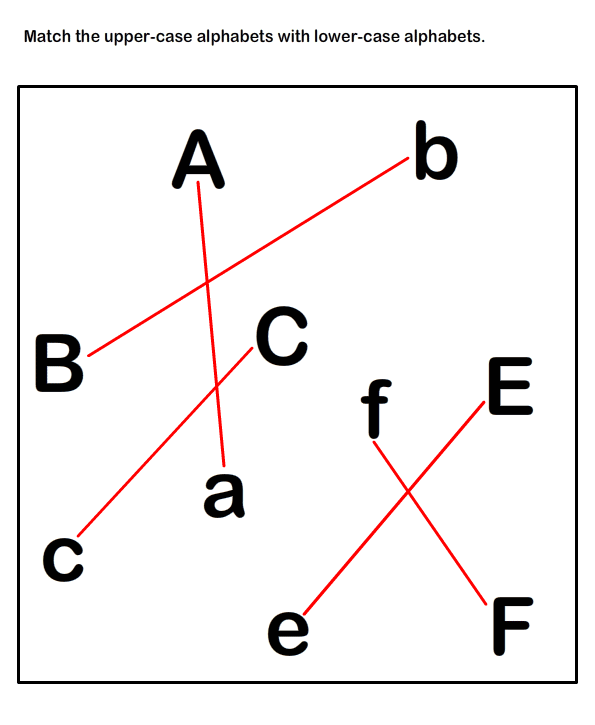 It will essentially make all lower case letters into CAPITALS (as well as keep upper case letters as upper case letters).
It will essentially make all lower case letters into CAPITALS (as well as keep upper case letters as upper case letters).
To do this, you simply have to select the text that you need changing and pasting into the box above and then select the UPPER CASE tab.
THIS IS AN EXAMPLE OF UPPER CASE.
Capitalized Case
The capitalized case converter will automatically convert the starting letter of every word into an upper case and will leave the remaining letters as lower case ones.
Simply copy the content that you will like to generate into this format, then paste into the box form above and select the Capitalized Case tab.
This Is An Example Of Capitalized Case.
Alternating Case
The alternating case converter will allow you to transform your text (no matter the current format) into text that alternates between lower case and upper case. It will generate a capital letter and then a lower case letter within the same word.
tHiS Is aN ExAmPlE Of aLtErNaTiNg cAsE.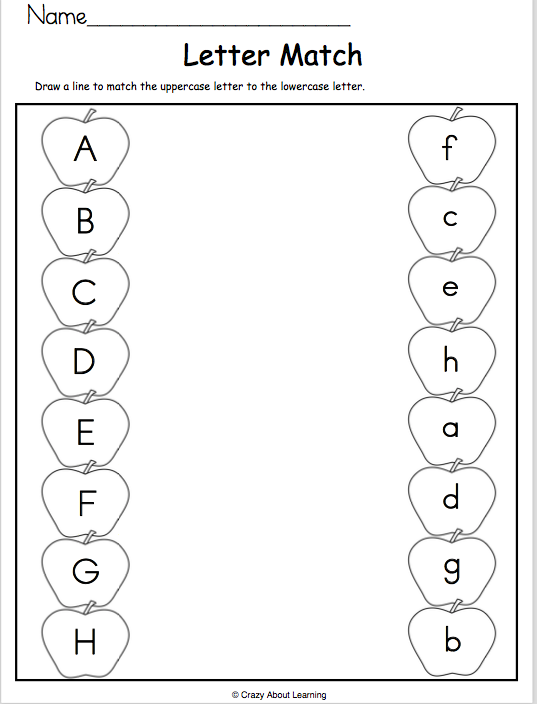
Title Case
The title case converter is perfect for those who are a bit unsure on how to title an upcoming essay. It essentially ensures the correct letters are capitalized within the context of a title. Words such as “an” will be left all in lower case and words that are important will be converted such as “Title”.
This Is an Example of Title Case.
Small Text Generator
The small text generator simply takes regular sized text and converts it into small text (specifically “small caps” as well as “Superscript” text. Write out your normal text and see it get converted into the small text font.
Tʜɪꜱ ɪꜱ ᴀɴ ᴇxᴀᴍᴘʟᴇ ᴏꜰ ᴛɪɴʏ ᴛᴇxᴛ ᴄᴀꜱᴇ ꜱᴍᴀʟʟ ᴄᴀᴘꜱ
ᵗʰⁱˢ ⁱˢ ᵃⁿ ᵉˣᵃᵐᵖˡᵉ ᵒᶠ ᵗⁱⁿʸ ᵗᵉˣᵗ ᶜᵃˢᵉ ˢᵘᵖᵉʳˢᶜʳⁱᵖᵗ
Wide Text Generator
If you are looking to widen the look of your text, the widening text generator is great for this, otherwise known as the Aesthetic Font and text generator. Simply type your normal text and see it get wider and wider.
This is an example of wide aesthetic text。
Strikethrough Text Generator
If you want a quick way of crossing out your text, this is a great tool.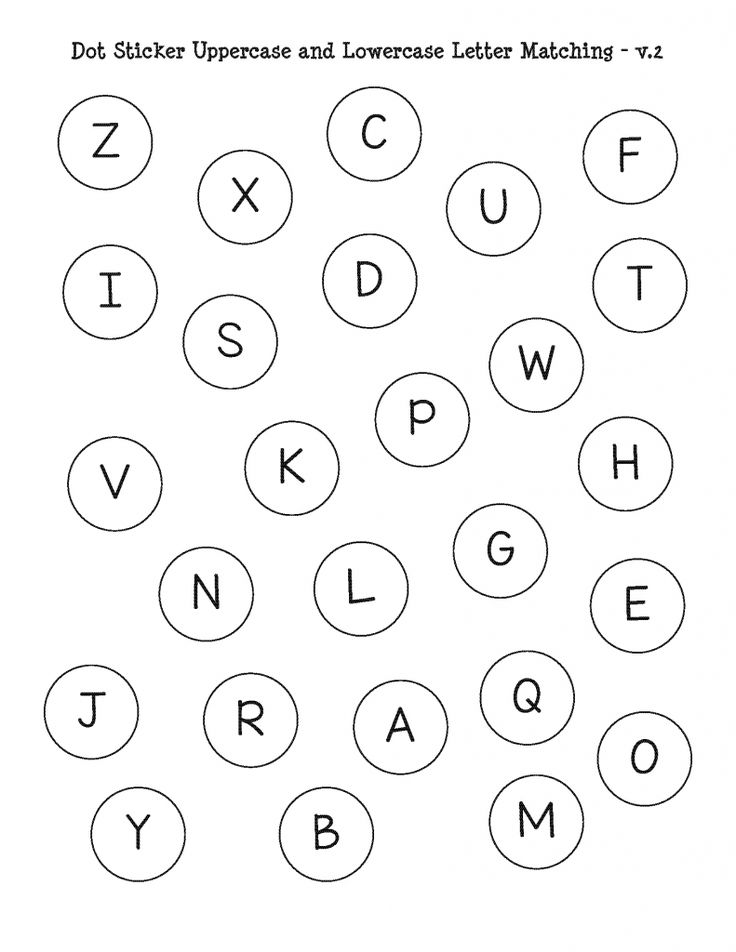 Type out the normal text you want to be lined through and you will see it get automatically generated, ready for you to copy and paste.
Type out the normal text you want to be lined through and you will see it get automatically generated, ready for you to copy and paste.
T̶h̶i̶s̶ ̶i̶s̶ ̶a̶n̶ ̶e̶x̶a̶m̶p̶l̶e̶ ̶o̶f̶ ̶s̶t̶r̶i̶k̶e̶t̶h̶r̶o̶u̶g̶h̶ ̶t̶e̶x̶t̶.̶
Reverse Text Generator
If you want a fast and quick way of making your text go back to front, the reverse text generator is great. Write out your text like normal and then see it get flipped.
.txet sdrawkcab fo ecnetnes elpmaxe na si sihT
Upside down Text Generator
Similar to the mirror text generator as wella s the reverse text generator, you can flip your text upside down as well as back to front with the upside down text generator.
˙ʇxǝʇ uʍop ǝpᴉsdn ɟo ǝldɯɐxǝ uɐ sᴉ sᴉɥ┴
Morse Code Translator
Whether you are looking to translate morse code messages into simple english or the other way around, this online translation generator can do just that. It also comes with an audio player to hear it.
Binary Code Translator
Translate binary code into English and English into binary code with the following generator.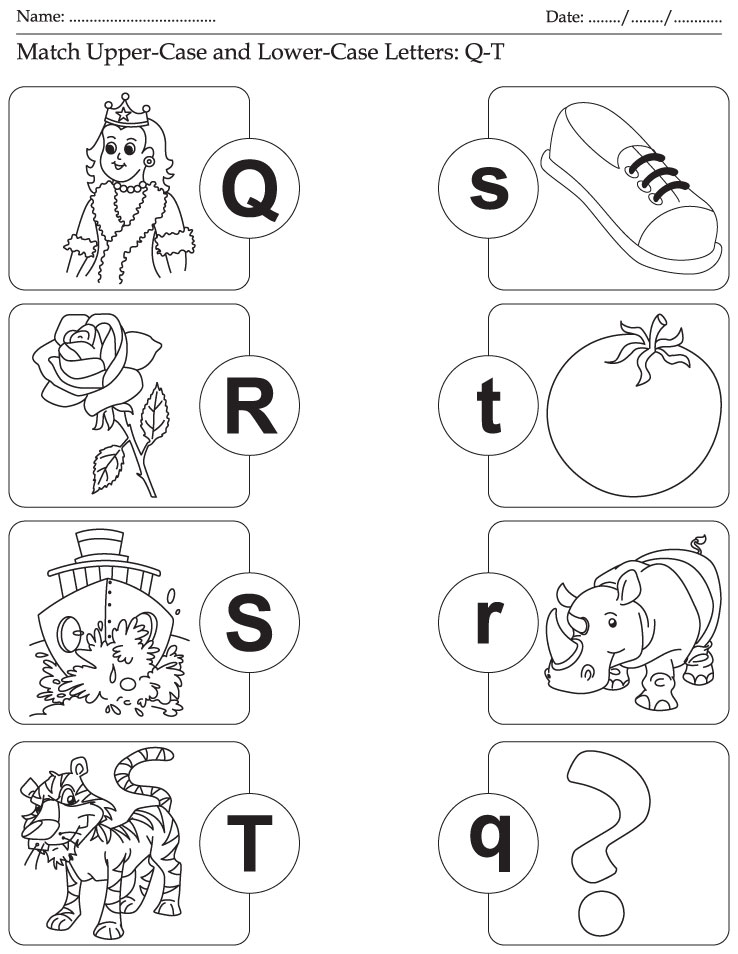 Type out regularly and get a series of 0’s and 1’s in return.
Type out regularly and get a series of 0’s and 1’s in return.
01000010 01101001 01101110 01100001 01110010 01111001 00100000 01000011 01101111 01100100 01100101 00100000 01010100 01110010 01100001 01101110 01110011 01101100 01100001 01110100 01101111 01110010
Bold Text Generator
A quick way to bold your text online. Simply type out the normal text into the tool and see it automatically get converted to the bold versio which you can copy and paste across.
𝗧𝗵𝗶𝘀 𝗶𝘀 𝗮𝗻 𝗲𝘅𝗮𝗺𝗽𝗹𝗲 𝗼𝗳 𝗯𝗼𝗹𝗱 𝘁𝗲𝘅𝘁.
Italic Text Converter
If you want to italicise your font, this is a great tool. Type out your normal text and see it automatically write on a slant, which you can copy and paste where you want.
𝘛𝘩𝘪𝘴 𝘪𝘴 𝘢𝘯 𝘦𝘹𝘢𝘮𝘱𝘭𝘦 𝘰𝘧 𝘪𝘵𝘢𝘭𝘪𝘤 𝘵𝘦𝘹𝘵.
Underline Text Generator
Underline your text online with this underliner tool. Write out or paste across the content you want to be underlined and then you will see it automatically generated underlined - which you can copy and paste across to where you want.
T̲h̲i̲s̲ ̲i̲s̲ ̲a̲n̲ ̲e̲x̲a̲m̲p̲l̲e̲ ̲o̲f̲ ̲u̲n̲d̲e̲r̲l̲i̲n̲e̲ ̲t̲e̲x̲t̲.̲
Mirror Text Generator
The mirror text is basically the exact same text that you would get when you have your text facing a mirror. Print out the text and hold it up to a mirror and it should read the correct way.
.ƚxɘƚ ɿoɿɿim ʇo ɘlqmɒxɘ nɒ ƨi ƨiʜT
Unicode Text Converter
Explore our unicode text generator for a wide range of different fonts. Type in your normal text and then choose whatever you want to use.
Zalgo Glitch Text Generator
Want to produce funky and glitchy text? `This Zalgo text will do just that. Type out what you would normally want to and then see it get turned into the Zalgo font.
T̵̡̧̨̖̪̗̠͔̰̓̈́̕͜ẖ̷̙̪̮̭̖̮̯̘͋͐̃̅͌̈́̆̕ͅȉ̶̛̫̟͎͋͗̓s̵̡͔̻͆̄͘ i̴̟͔͚͔͗͠ś̴̳̗͙ a̵̧̳͇̜̪̣̅̓n̸̛̰̼͇̱͐̎̀̽̌̐̿̈́̓ͅ ḛ̴̟̉͗x̷̬̩̀̕à̵̡̭̫̤̯͇̫͓̘͊̑͐̎̍͠m̶͎̦̾̾͠p̷̗̬̯̰͙̣̮̋̈́͆͊̇̿̋l̸̨̘̞̗̩̞̱͖̏̍̽̆͜͜e̸̱̹̬̞̹̍̇̓ͅ o̷̊ͅḟ̴͈̆̔̾̒́ g̴̤̪̻̰̗̀̓̎͋͝l̷̨͇͔͈̤̝̊̀̂͛͜į̴̡̦̼̄̏̏͛̒ẗ̶̙̻̜̺͉́̽̒̅̀̐͝c̸̛̛͇̱͇̮͔͔͙̼̀̈́̀͜h̵̙̘̣̻͈̫͇̜͂́̍͊͗̀͜ t̷̬̹̜̼̫̘͒̊ę̷̰̬̠̭̠͉̳̐́̒͑͋̓̎̽̈́͠x̷̢̢̛͓̜͚̖̜͕̼̙̌̍ţ̵̖͖̜̜̪́̎͒̚͜͝.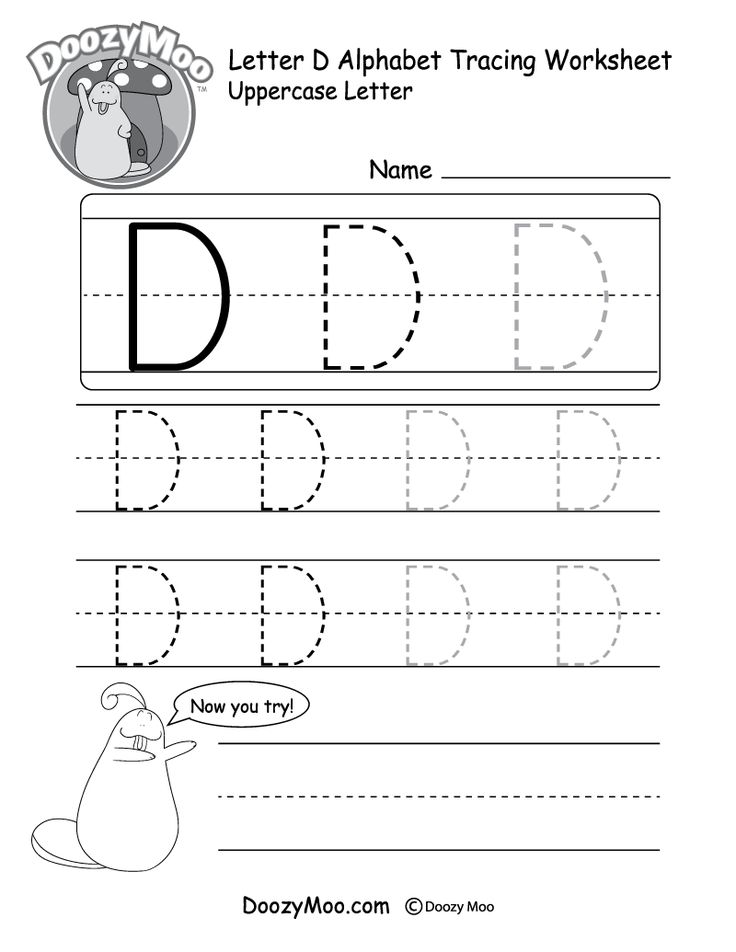 ̷̛̬̖̳̻̪̩̾̾̆̄̓͋͒̚͠
̷̛̬̖̳̻̪̩̾̾̆̄̓͋͒̚͠
Registered in England and Wales. Company number: 11614495.
Registered office address: C4DI @TheDock, 31-38 Queen Street, Hull, England, HU1 1UU
Uppercase and lowercase letters: usage, rules, examples
Is a capital letter large or small? If you can not immediately answer this question, then read the article. In it, we will see what an uppercase letter means and how it differs from a lowercase letter. And also we will analyze the rules of lowercase and uppercase letters and give understandable examples.
Subscribe to our Telegram channel to be the first to receive useful materials. And do not forget to follow promotions and discounts from the company to learn with profit.
Need help?
Entrust your work to a PhD!
What do uppercase and lowercase letters mean
What are lowercase and uppercase letters? The examples are not always clear, so let's start with definitions:
Capital or uppercase letters are graphic characters used in writing that are larger than line boundaries.
They are also called the big ones.
A lowercase letters are graphic characters that do not exceed the size of a line in writing. They are also called small letters.
The very name "capital letters" arose in Russian from the verb "prescribe". In ancient texts there were no capital letters, all words were written from lowercase. And only at the beginning of the chapters, the first letter, which was called the “letter letter”, was depicted more than all the others. It was written by hand. Therefore, now capital letters are also called uppercase.
In Russian, every lowercase letter has a capital counterpart. Even "b", "y" and "b", although it is difficult to imagine where they can be used. However, not all experts support this opinion and prefer to consider that the Russian language has 33 lowercase and only 30 capital letters.
Another feature of the Russian language is that the spelling of large and capital letters does not always coincide. So, for example, the letter differs:
So, for example, the letter differs:
- capital " A " and lowercase " a ";
- capital " B " and lowercase " b ";
- capital " D " and lowercase " d ";
- capital " E " and lowercase " e " and some others.
Uppercase and lowercase letters in different languages
Capital letters are used in many languages of the Indo-European family: Greek, Slavonic, Germanic and Romance.
What does the capital letter mean in these languages? It can mean the beginning of a new phrase, a proper name, a geographical name, and much more. Below we will analyze in detail in which cases a capital letter is written.
However, not all language systems can observe the use of capital letters. Hebrew, Arabic, Indian, Thai and other languages use only lowercase alphabetic characters.
There were no capital letters in the Glagolitic alphabet, the first Russian written language. Capital letters firmly came into use only in the 18th century and all thanks to the great reformer Peter I. He not only brought reforms to Russia, but also introduced a civil typeface that contained both small and large letters.
Capital letters firmly came into use only in the 18th century and all thanks to the great reformer Peter I. He not only brought reforms to Russia, but also introduced a civil typeface that contained both small and large letters.
There are many words in Hebrew that are spelled the same but read differently and have different meanings. For example, the word "דוד" can sound like "dod" and mean "uncle" , as "dud" - "bak" and as "David" - a male name. How do the Israelis understand where is the meaning? Exceptional context.
Uppercase and lowercase letters: spelling rules
Let's see what rules to follow when using uppercase and lowercase letters in Russian. And to make it easier to remember, let's give examples of uppercase and lowercase letters in words.
Capital letter at the beginning of a sentence
The basic rule is: always write a capital letter at the beginning of a sentence.
Example: It is not difficult to make a term paper. It is necessary to choose a topic, write the text and check for errors. Pay special attention to words with -Н- and -НН-, conjugation of verbs and spelling of particles "not" and "neither" with different parts of speech.
By the way! For our readers, there is now a 10% discount on any kind of work.
It is customary to capitalize not only the first word in standard sentences, but also every new line in poetry. This rule works even when the author didn't finish the sentence:
Night, street, lamp, pharmacy,
Meaningless and dim light.
Live at least another quarter of a century -
Everything will be like this. There is no exit.
If you die, you start over again
And everything will repeat, as of old:
Night, ice ripples of the channel,
Pharmacy, street, lamp.
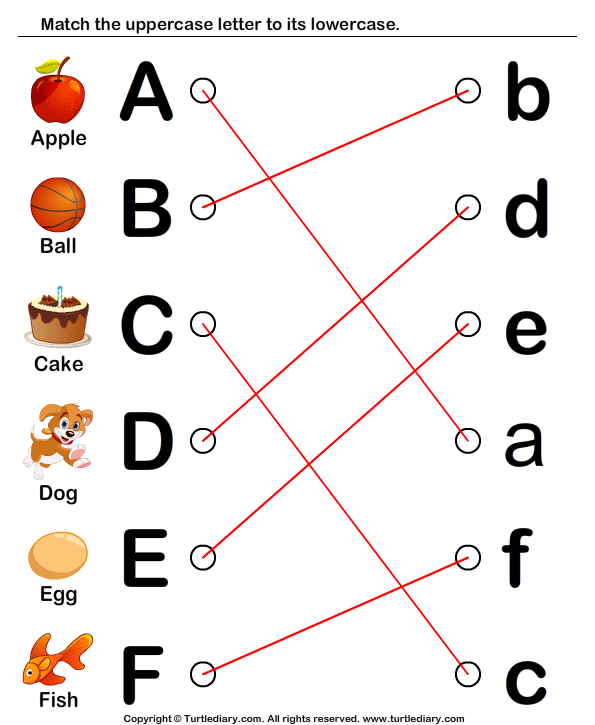
Alexander Blok
Capital letter in proper names
Another rule that always works: capital letters are written in proper names. It remains to figure out what applies to them.
Earth with a capital letter is a planet, and with a small one - a common nameProper names are the names of objects or phenomena that are unique and stand out from the general mass of homogeneous concepts.
On the contrary, common names are names that apply to entire groups of similar objects. Such nouns always begin with lowercase letters.
Let's look at specific cases when a capital letter is written in proper names. And also remember the exceptions, without which it is impossible to imagine the Russian language:
| Rule | Example | Exception |
| Surnames, first names and patronymics of people | Lev Nikolayevich Tolstoy, Pushkin, Mashenka, Marina Ivanovna.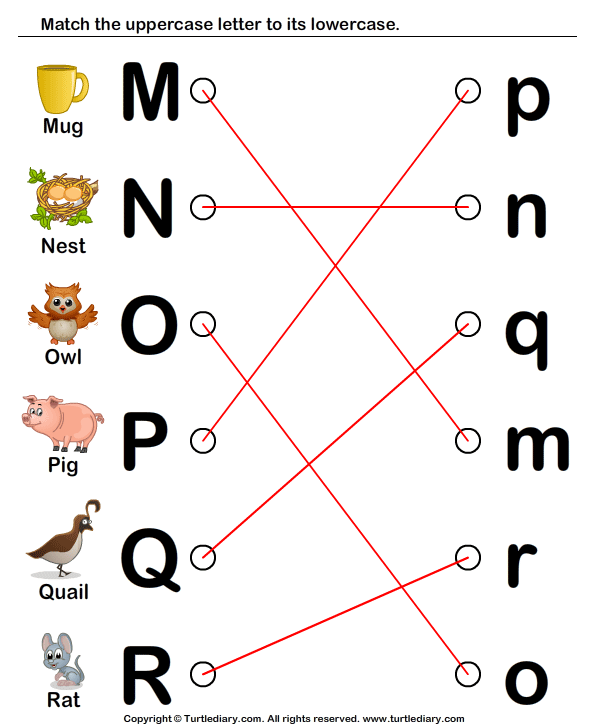 | If proper names are used as a common noun, they are written with a lower case: Pikapers are modern don Juans and womanizers. |
| In pseudonyms, nicknames and nicknames | Maxim Gorky, Bolbes and Experienced. | If nicknames are used for a whole group of people: Why are balls dangerous for society? |
| Animal names | Dolly the sheep, Barbos the dog, Murka the cat. | If the nickname is used as a common name for the group: In the morning, any watchdog barks just like that. |
| In the names of fairy-tale characters | Princess Nesmeyana Mermaid, Puss in Boots. | |
| In the names of gods | Jesus, Allah, Mara, Poseidon, Osiris, Quetzalcoatl. | The word itself "god" can be written with both capital and lowercase letters. In church texts, they often write with a capital letter, but in popular literature - with a small letter.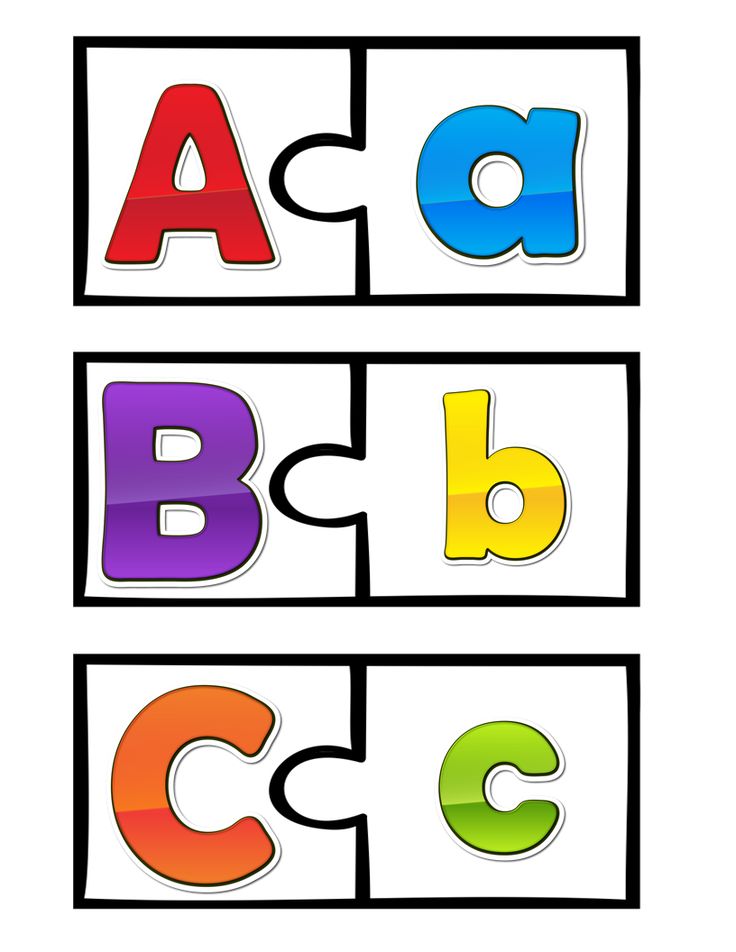 |
| In religious names | Church of the Holy Sepulcher, Holy Scripture, Koran, Mother of God, Wailing Wall. | |
| Place names | Arctic Ocean, Kilimanjaro, New York, Serpukhovo. | |
| In street and avenue names | Alexander Nevsky Square, Tsvetochnaya Street, Raduzhny Lane. | |
| In the names of astronomical bodies and objects | Planet Venus, satellite of Jupiter, Halley's comet, Milky Way galaxy. | If this is not an astronomical object, but a homonym: planet Earth and native land. |
| In the names of historical eras and events | The Renaissance, the October Revolution, the War of the Scarlet and White Roses. | |
| In the names of holidays | Walpurgis Night, Independence Day, Victory Day, First of May, but May 1st. | If this is the date of the holiday, then it is written with a small one: New Year is celebrated on December 31st.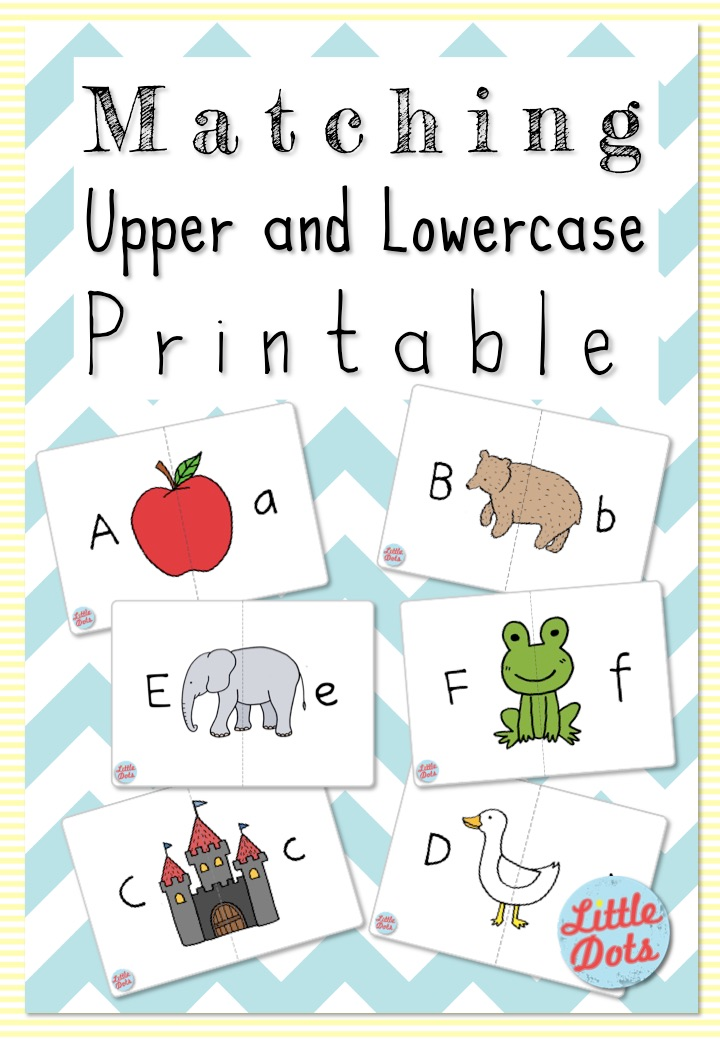 |
| In the names of awards | Title of Hero of Russia, Order of the Legion of Honor, but Order of the Red Star. | |
| In legal official names of companies and brands that are quoted | Suzuki Auto Concern, Gorbunov's Bureau Creative Agency, Orlovsky Park Hotel. | The name is not quoted if it is written in Latin letters: Hilton hotel, Pixies creative agency, BMW concern. |
| In the names of organizations and institutions | Federation Council, United Nations, European Union. | |
| In unique titles and positions | President of the Russian Federation, Prime Minister. | All other positions are written with a small one: NATO Secretary General, EU Minister, Bishop of the Russian Orthodox Church. |
| Abbreviated | CIS, IAEA, UN, PE, MIA, USA. | Some abbreviations are always written with a small letter: university, college, dot, bunker, bum, interim, spa.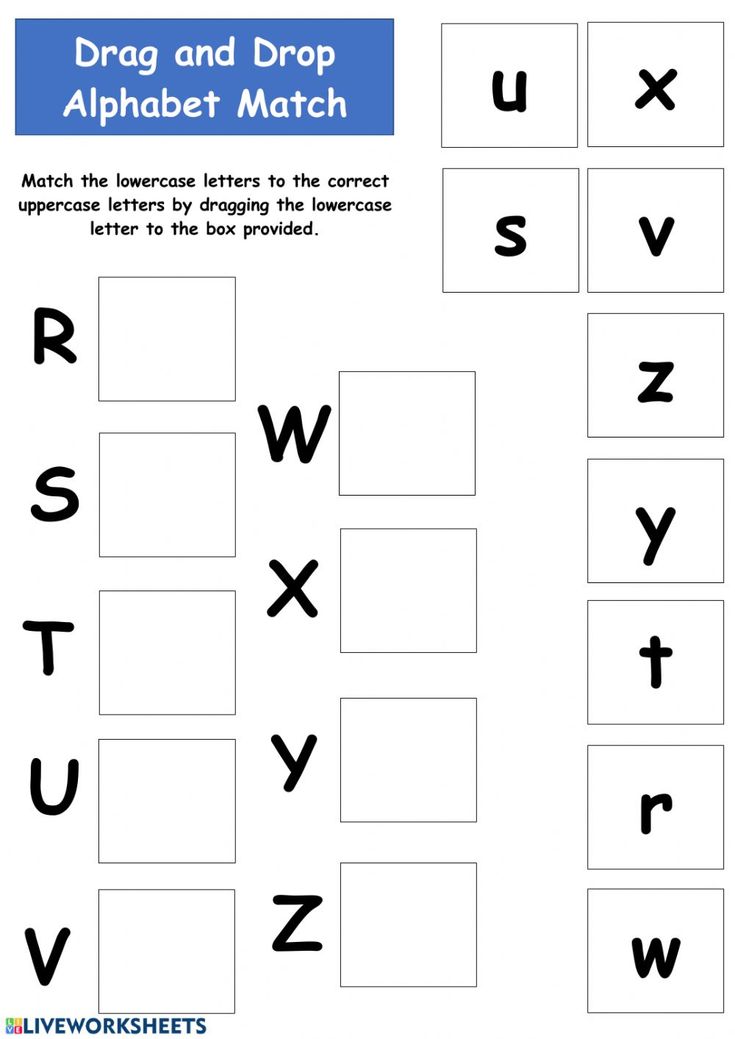 |
| In the titles of scientific articles, literary titles and other works | The novel "War and Peace", the fairy tale "The Scarlet Flower", the article "Why sleep should be a priority for every student". |
What are capital letters in street names? Examples may vary depending on the literary norm. So, in the names Chistye Prudy, Kuznetsky Most, Nikitsky Gates , only the first word was capitalized. Now the norm has changed and both words are capitalized: Chistye Prudy, Kuznetsky Most, Nikitsky Gates . If in doubt about spelling, refer to dictionaries.
Capital letter in adjectives
There are several cases in which adjectives are written with a capital letter, and they also need to be remembered:
- If the adjective expresses belonging to a specific person. For example, Misha's shirt, Vanka's stories.
- If the adjective refers to the memory of a famous person.
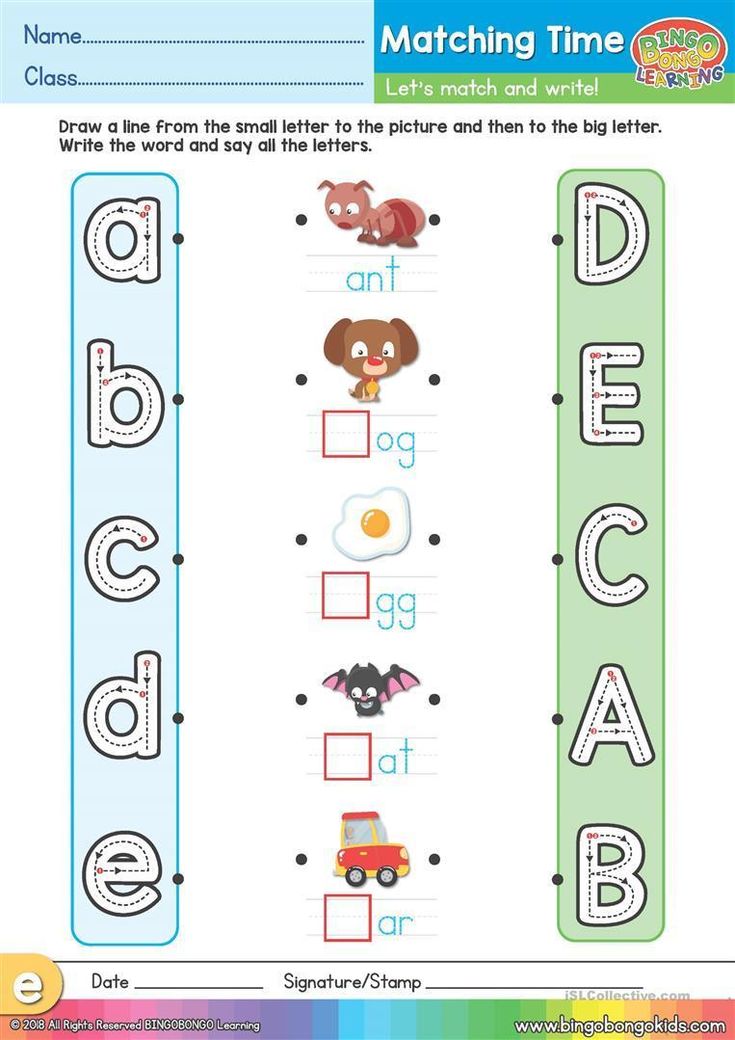 For example, Pushkin Evenings, Spring Tolstoy Readings.
For example, Pushkin Evenings, Spring Tolstoy Readings.
If the expression has become a common noun, then it is written with a lowercase letter: Sisyphean labor, Turgenev young ladies, oatmeal porridge.
Capital letter after colon
What other words are capitalized? Those with which direct speech begins. In the text, this is formalized as follows:
- the words of the author come first;
- then put a colon;
- in quotation marks write the words of direct speech.
Example: Ivanov sighed and said to the teacher: “You shouldn’t want to expel me for absenteeism, but I can refund my record book and student card.”
A special case: with what letter to write the appeal "YOU"
In official documents, letters and business correspondence, the appeal "YOU" and its derivatives are often written with a capital letter.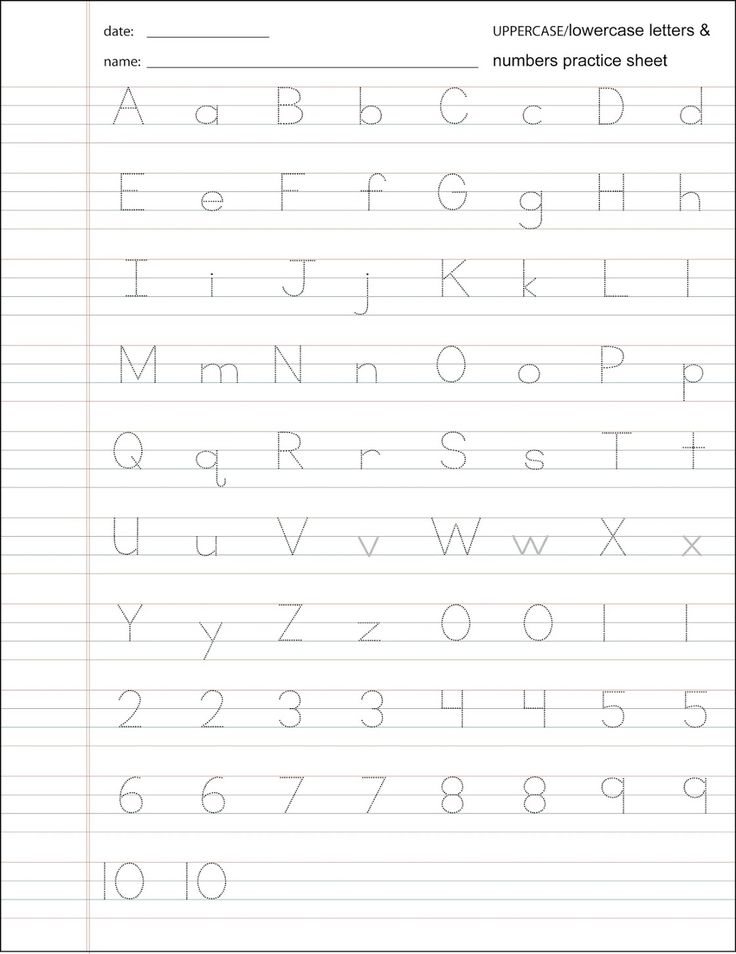 It is believed that this form shows maximum respect for the interlocutor.
It is believed that this form shows maximum respect for the interlocutor.
However, the rules of the Russian language do not impose strict norms. They recommend using "you" only if the author intentionally wants to emphasize his special relationship to a particular person. But if he addresses a group of people, then writing “You” with a big one is definitely not worth it. This will be a mistake.
Example: Petr Sergeevich, we wish you a Happy New Year and good health! Dear Anna and Vasily, we send you greetings and best wishes!
Look at examples of work and make sure that we will help you honestly!
Now you know all the rules for uppercase and lowercase letters. It remains to actively use the knowledge in practice in order to consolidate it. And if you need help in writing any kind of work, feel free to contact the student service.
CAPITAL LETTERS - what are they (large or small)? Example
Capital letters are uppercase letters that are larger than lowercase letters.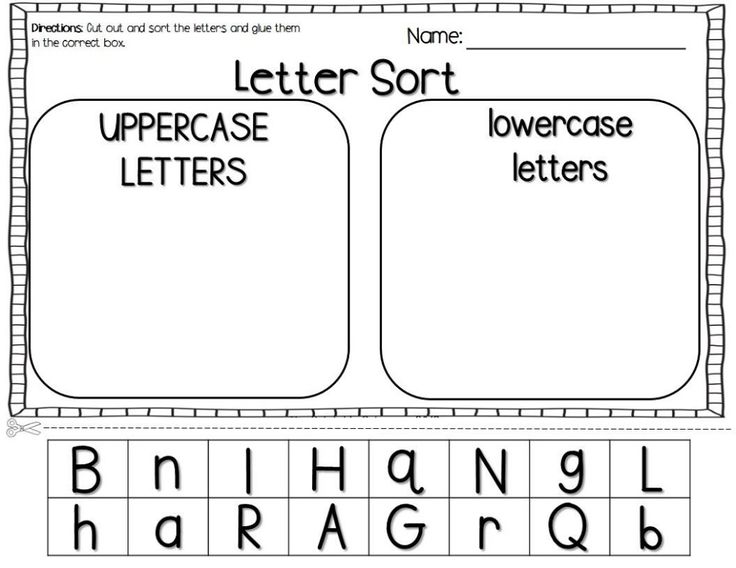
What are capital letters?
In Russian writing, letters differ in their graphic design: some are large, others are small or lowercase. Large letters are often referred to as capital letters. As you can understand from this “speaker” name, they begin headlines, that is, they denote the beginning of
- sentences
- of the period
- paragraph
- stanzas
- of someone else’s speech, etc.
9000 from , from , from , from , from the deaths from the deaths. early (V. Arseniev).
- By everyone is born for some work, - objected E. Hemingway and added:
- By everyone who walks the earth has his duties in life.
In an old style heals me.
E There is charm in ancient speech.
About is not your words
And are more modern and sharper.
Bella Akhmadulina
Capital letters are a common name. In Russian, a special linguistic term is used - capital letters. Once upon a time, at the dawn of handwriting, they were really carefully written at the beginning of a line, and decorated in every possible way to distinguish them from other ordinary letters. Emphasizing the initial letter of the first word is the oldest writing technique that was used before the invention of printing. When typography appeared, the tradition of using capital letters at the beginning of a sentence and to highlight proper names survived.
Let's consider in detail the cases in which uppercase or lowercase letters are used in modern Russian.
The use of capital letters
Capital letters are used not only in headings, at the beginning of sentences, but also to highlight some words found anywhere in the written language. These special words include
- proper names;
- items.
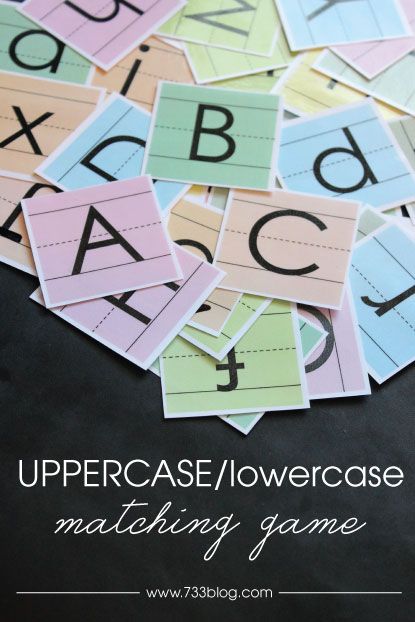
In Russian orthography, proper names must be written with a capital letter:
1. names, patronymics, surnames, pseudonyms, nicknames of people, names of gods, mythical creatures, fairy-tale and literary heroes
- Tanya, Vasilek, Andryushka;
- Alexander Sergeyevich Pushkin;
- Gaius Julius Caesar;
- Vladimir Krasnoe Solnyshko;
- O'Henry (William Sidney Porter)
- Curly, Chernysh, Beetle, Top;
- Zeus, Hera, Apollo;
- Vasilisa the Beautiful, Cinderella, The Nutcracker.
2. animal names
- Tortilla turtle;
- cat Marquis;
- dog Oliver;
3. geographical names, except for generic words (krai, region, district, city, settlement, village, river, lake, mountain, sea, bay, etc.)
- Krasnodar Territory;
- Saratov region;
- City of Mosty;
- Veliky Ustyug;
- Sokol settlement;
- Ponizovye village;
- Volga river;
- Lake Seliger;
- Red Sea;
- Everest.
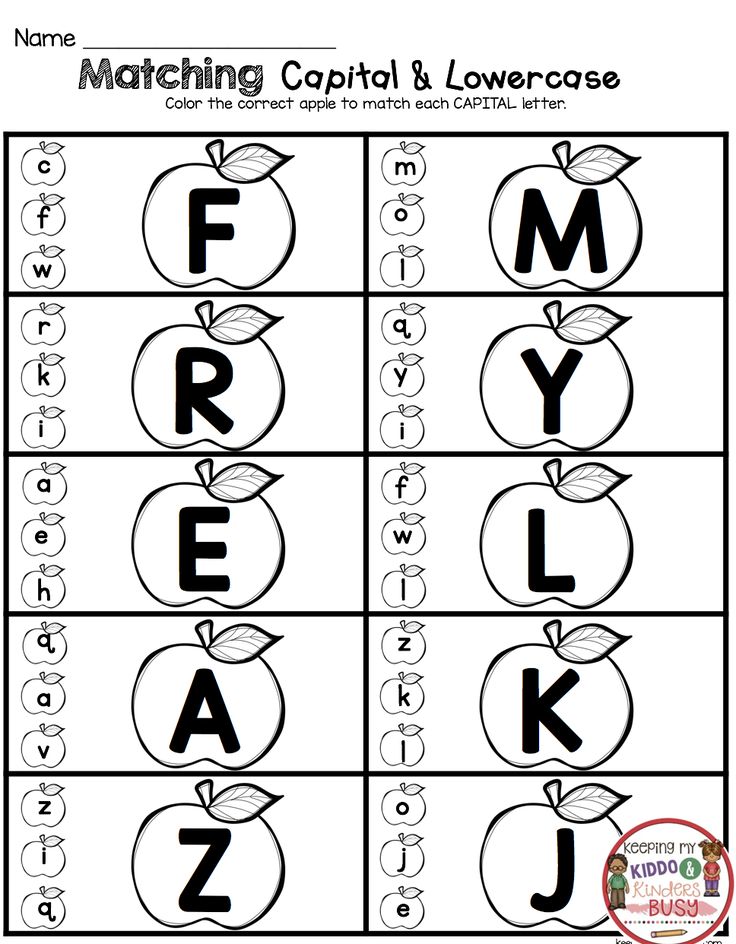
4. astronomical names
- Cygnus constellation;
- Solar Galaxy;
- Alpha Centauri.
The words "Earth", "Moon" and "Sun" as the names of celestial bodies are written with a capital letter and with a lowercase letter if they are used as common nouns. Compare:
Recently, astronomers have difficulty distinguishing spots on the Sun.
Rosehip stood with large flowers turned towards the sun, covered with many buds (K. G. Paustovsky).
Note that in proper names all words , their components, are capitalized , except for nouns denoting generic concepts and service words, for example:
- city of Rostov-on-Don;
- Ludwig van Beethoven;
- Vicomte de Bragelonne;
- Vasco da Gamma.
In this way, proper names differ from the names of organizations, institutions, industrial associations, architectural monuments, etc.